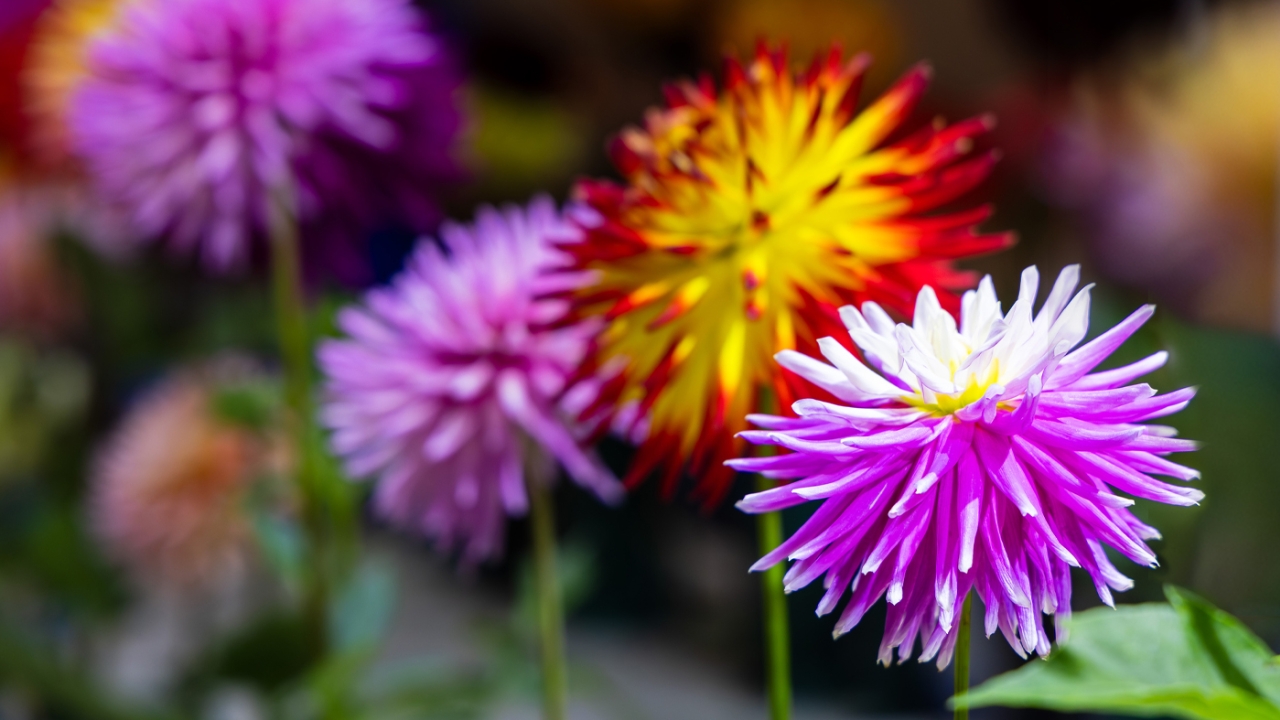

Smart Gardener
Spring Greens: Success with Cool-Season Edibles
Sow seeds in March and April for a fast, flavorful harvest.
It will be a few months before we can safely plant tomatoes, peppers, beans, and squash—those heat-loving plants that turn to mush when hit by a spring frost. But you can start a crop of cool-season greens such as spinach, lettuce, collards, mustard greens, Swiss chard, and kale as soon as the soil thaws. Lettuce and Swiss chard seeds, for example, start to germinate when the top inch of soil reaches about 40 degrees Fahrenheit. (This is when an inexpensive soil thermometer comes in handy. Look for one at your local garden center or online.)
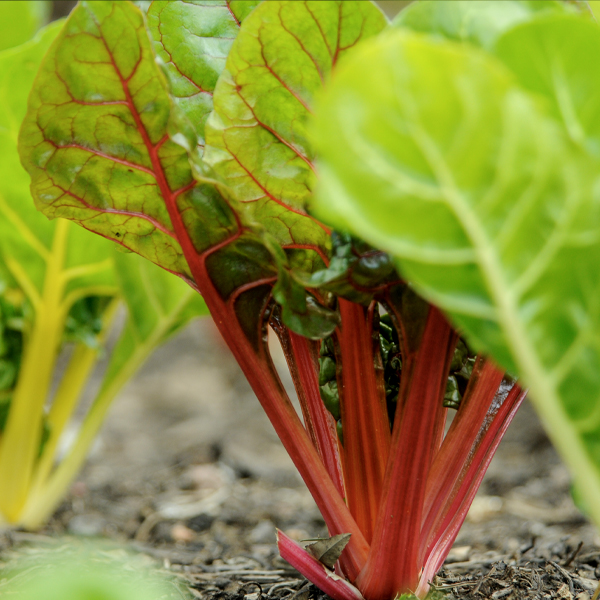
Swiss chard
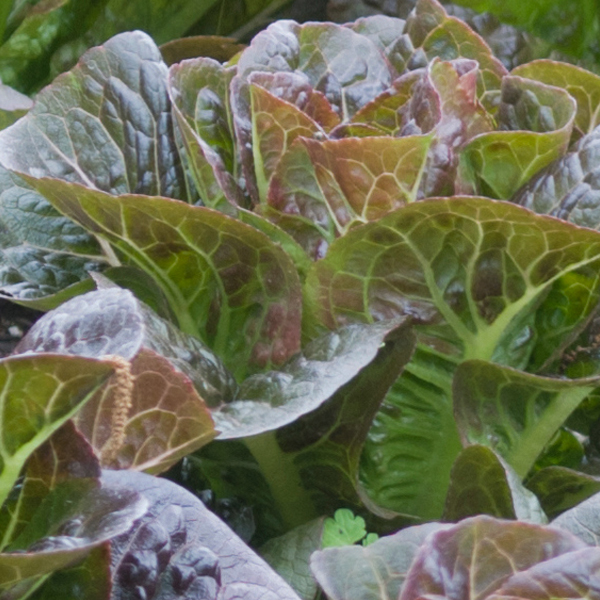
Leaf lettuce
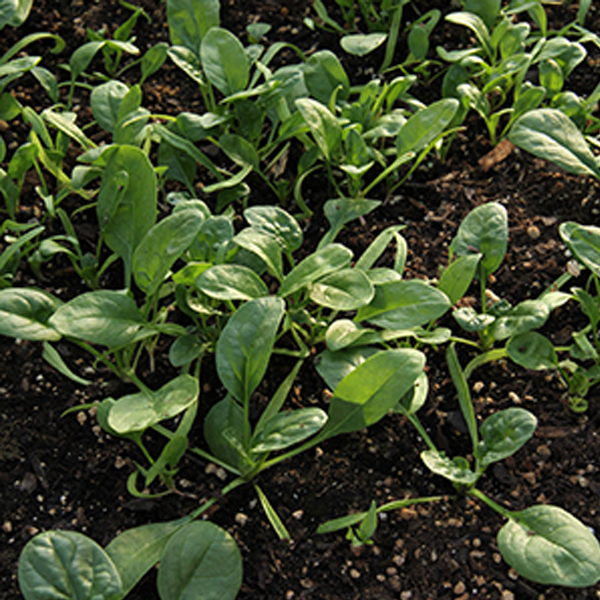
Spinach
Grow leafy greens, which thrive in cool weather, and you’ll have several harvests long before you pick that first zucchini. Cut-and-come-again leaf lettuce and spinach are ready to harvest in as little as 30 days and all you need to do is snip off enough leaves for a salad. Within a few days, the plants sprout more leaves and you’re ready for another harvest.
Culinary Wonders
Some of the tastiest edibles that can be sown directly outdoors in spring are the Asian greens, such as mustards, Chinese (Napa) cabbage, bok choy, and choy sum. Low in calories and high in fiber, they offer plenty of vitamins A, C, and K. Their culinary potential is impressive—you can stir-fry, steam, sauté, braise, or grill them. Use the small, delicate-textured leaves in salad or chop the larger stems and leaves and simmer them for soup.
A member of the Brassica family, or cole crops, bok choy (sometimes called pak choi, pac choi, petsay, petsai, or Chinese white cabbage) is related to collards, kale, mustard, and other familiar vegetables in the cabbage family. Depending on the variety, bok choy produces leaves that are 8 to 20 inches long in 40 to 60 days after germinating. You can harvest “baby” leaves in about 28 days, picking a few at a time from each plant. Alternatively, harvest a mature plant by cutting it at the base just above the soil. Mustards are often grown for their spicy, sometimes frilly leaves. ‘Red Giant’ mustard produces beautiful, purple-tinted leaves with a mild mustard flavor.
Rainbow in a Pot
Swiss chard is another colorful spring favorite that is very easy to grow from seed. ‘Bright Lights’ is a lively mix of green, red, and bronze leaves with stems that are gold, pink, orange, red, and white. Chard seeds start to germinate as soon as the soil temperature reaches 41 degrees. You can begin harvesting the baby chard leaves in as little as 28 days after the seeds sprout.
The tender young chard leaves may be eaten raw in a salad, or they can be simmered or stir-fried. You could spend $4 in a produce department for a small bunch of tough chard leaves that may have been harvested and shipped weeks earlier. But, that same amount will buy a hefty seed pack that will produce many plants and many meals.
Cultivate
Unlike tomatoes and peppers, which need several hours of direct sunlight, cool-season greens tolerate some shade. For example, ‘Black Seeded Simpson’ leaf lettuce and spinach are easy to grow on a balcony where you might only get a few hours of sun.
Any of the cool-season greens can be grown in a vegetable garden as soon as you can work the soil. When growing greens in containers, use a soilless potting mix that provides vermiculite and slow-release fertilizer. Moisten the top few inches of the potting mix before broadcasting (sprinkling) the seeds. Pat the seeds lightly to press them into the potting mix—they should be very near the surface. Crumble a fine layer of potting mix to barely cover the seeds, and spray with a little more water. In about six to ten days, the seeds will sprout. Once the plants reach 4 or 5 inches tall, use scissors to harvest the leaves for a salad. Lettuce, spinach, chard, and other greens quickly send up new leaves so you may cut the plants several times before the summer.
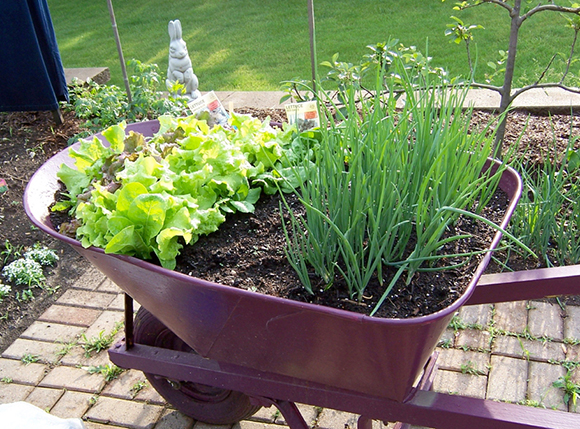
An old wheelbarrow makes a great mobile raised bed for spring vegetables.
Succession Planting
Keep sowing seeds through late spring and you’ll have an ongoing supply of leafy greens. To keep your greens coming, sow two or three small plantings of leaf lettuce in the ground and a pot or a window box every seven to ten days until warm weather arrives in June.
Be adventurous and try different types of lettuce for their unusual leaf shapes, textures, and colors. 'Red Lollo', 'Red Rosie', 'Merlot', 'Firecracker', and 'Dark Lollo Rossa' are just a few of the red-tinged lettuces that make a stunning addition to a salad and to the garden. Save some of your seeds for another planting in late July so you’ll have a fall harvest when the weather becomes cool again.
Beet Greens
Although beets are grown in spring mostly for their roots—those burgundy, golden, or striped orbs that can be roasted, steamed, or simmered—their nutritious young leaves can be used raw on salads. The old-fashioned 'Bull’s Blood' beet produces deep red leaves that are as ornamental in a container as they are on a dish. Begin sowing beet seeds when the soil has warmed to about 45 degrees. For a continuous supply of greens and small tender beets, sow the seeds at two-week intervals. Harvest the beet greens sparingly so that some leaves remain on each plant.
Protecting Your Spring Harvest
Most spring greens are very cold tolerant. However, if temperatures drop near freezing, cover the plants with “floating” lightweight row covers (available from garden centers) or with a sheet that’s secured over the plants. You may also cover them with plant pots. For container-grown plants, slip a plastic garbage bag over the entire pot. Covering the plants can help keep the temperature surrounding the leaves three to five degrees warmer.
Flea beetles, slugs, and occasional caterpillars can sometimes pester the leaves. Floating lightweight row covers will prevent the insects from attacking the plants but will let in light and water. It is most important to keep the plants watered. Spring winds and increasing sunlight can dry out the leaves and the soil.
As the daylight grows longer and the temperatures rise in June, greens often become tough and bitter and the onset of hot, dry weather can finish a crop. That’s when it’s time to plant those heat-loving veggies.
Nina Koziol is a garden writer and horticulturist who lives and gardens in Palos Park, Illinois.

